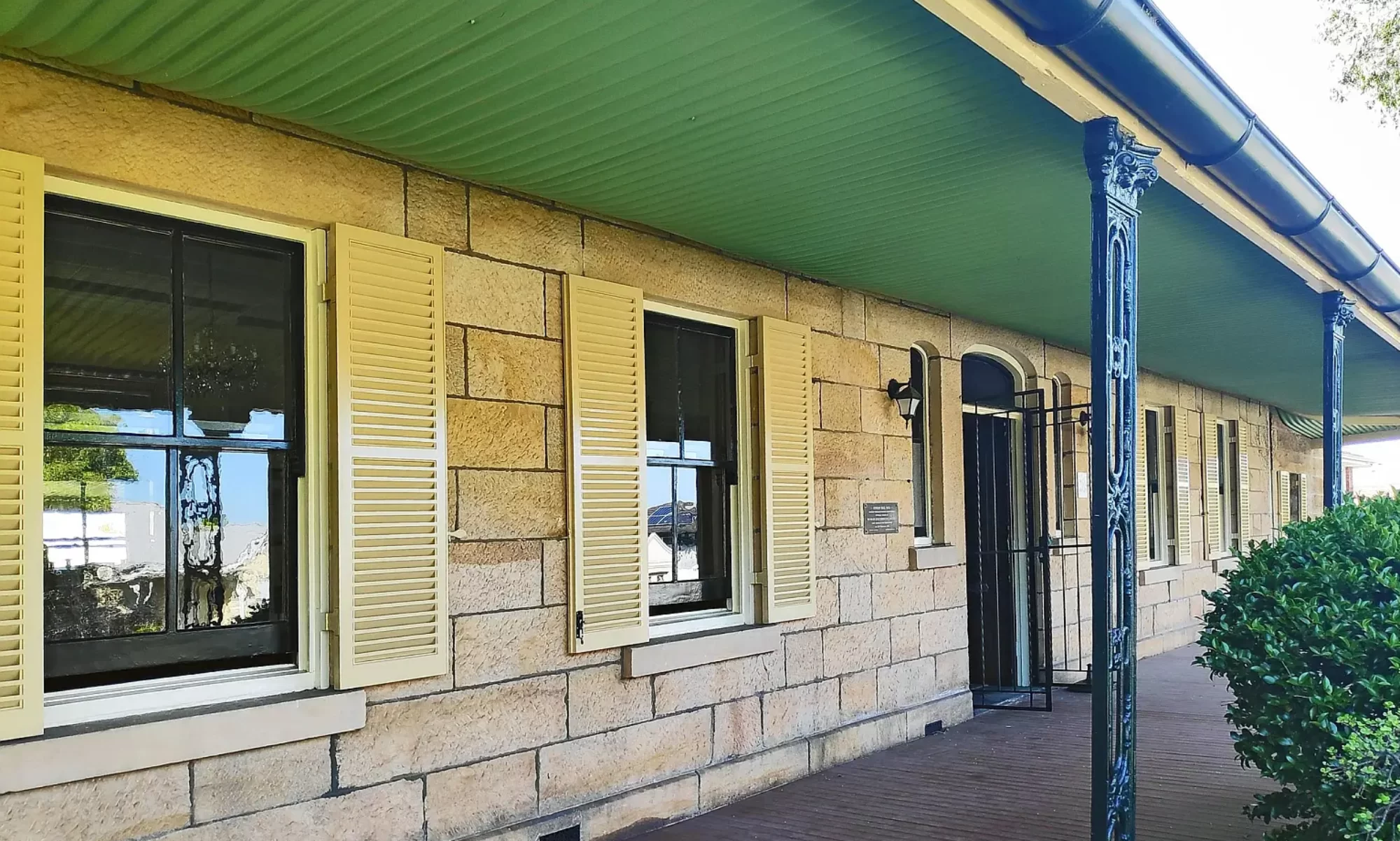by Ron Rathbone Of all the members who represented the Canterbury Electorate or its predecessors, which covered the St. George District until 1893, none proved as energetic, capable, effective or painstaking as John Lucas. Broad shouldered and inclined to be both assertive and bombastic, he had a great fighting heart and a vision and an …
The Reverend James Clark
by Gifford and Eileen Eardley One of the most colourful personalities to be noted at Kogarah as from 1889 until his death, in a road accident, which occurred in 1942, was the Reverend James Clark. This English gentleman, the only son of wealthy parents, was educated at Cambridge University, and became a Barrister at the …
The Centenary of the Bexley Methodist/Uniting Congregation
by Dr James N. Pendlebury The end of the 19th century and the commencement of the 20th was a time of excitement in Australia. For years people of political vision had struggled with the idea of creating a nation out of six independent colonies, steeped in self interest. At the same time, and even for …
Continue reading “The Centenary of the Bexley Methodist/Uniting Congregation”
Anzac Day, 25 April 2025
On 25 April 1915, 16,000 Australian and New Zealand troops landed at what became known as Anzac Cove as part of a First World War campaign to capture the Gallipoli Peninsula. By that first evening more than 2,000 had been killed or wounded. Read personal accounts of the landing at the Anzac Portal. This year’s …
The Arncliffe Catholic Parish, part 2
by Molly McDonnell Continued from part 1. By now, the school-church was beginning to outlive its usefulness as a school and church; and the parish priest at the time, Father O’Reilly, by exhortation and example, stimulated his people in their generous endeavours towards progress. A new church would have to be built. Land was first …

